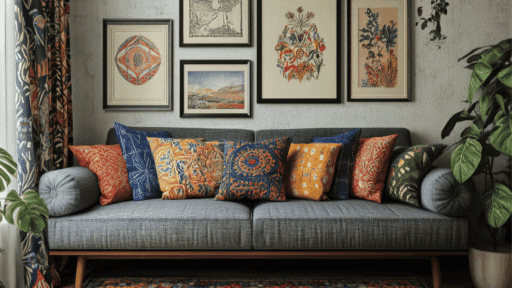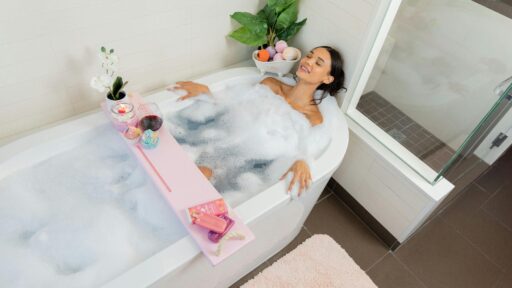For the design pros who’ve spent the last few years fielding endless Pinterest boards, TikTok moodboards, and clients torn between “Japandi” and “cottagecore,” 2026 is about to feel like a welcome exhale. The industry’s long flirtation with maximalist color and fleeting aesthetics is giving way to something deeper and more human: kitchens that feel good to be in—not just good to post. That shift, slow-building as it’s been, is now undeniable. Wellness isn’t a buzzword anymore. It’s baked into every material choice, lighting plan, and appliance spec. The kitchen isn’t just the heart of the home. It’s becoming a support system.
This isn’t a rejection of beauty or function—it’s about balance. The same way designers now think about acoustics in bedrooms or texture in home offices, they’re thinking about how a kitchen impacts daily rhythm, mental state, and emotional regulation. In 2026, we’re not just designing kitchens that look great on install day. We’re designing spaces that feel like a deep breath on the bad ones.
Color as Emotional Architecture
White isn’t gone—but it’s no longer the default. Neutrals are evolving beyond sterile and into something more grounded. The colors we’ll see in 2026 are warmer, quieter, and unmistakably lived-in. Deep clays, mossy greens, soft ochres, and muted blues are cropping up in cabinetry, wall treatments, and even appliances. It’s less about statements and more about presence. Think of it as palette therapy—color work not just for aesthetics, but for nervous systems.
Clients are asking for environments that feel peaceful and restorative without tipping into bland. That’s pushing more nuanced pairings and unexpected layers. Sand-colored oak against creamy zellige. Washed rust alongside pale ash. Tactile finishes matter here too. Matte is making a strong case for itself again—not as an Instagram flex, but as a sensory choice. High-shine lacquer has its place, but it rarely reads as calm. And calm is having a moment.
Layouts That Let You Breathe
We’ve hit a cultural saturation point with the performative kitchen island. Yes, it anchors a space. Yes, it offers storage and flow. But in 2026, there’s a clear pivot toward layouts that prioritize softness and serenity over spectacle. Furniture-style pieces are back in rotation, including work tables and rolling butcher blocks that can move and evolve with the space. Designers are embracing a less fixed mindset and more adaptable spatial planning. It doesn’t always have to be built-in.
There’s also growing momentum around minimizing physical and visual clutter—without stripping the soul out of the space. That means fewer upper cabinets in some projects, but not for the sake of trend-chasing. The priority is breathing room. Light. Visual pause. Not every kitchen can afford to lose storage, but the ones that can are making it count with cohesive pantries, floor-to-ceiling cabinetry in adjacent zones, or integrated pull-outs that actually work.
Open-concept isn’t dead, but it’s finally maturing. Clients are less interested in entertaining strangers and more focused on reconnecting with their own daily habits. A gentle throwback to the intimacy of a 70s kitchen—where the kitchen wasn’t the stage, but the backstage, private and comforting—is quietly threading into the conversation. We’re not going back in time. We’re just pulling the best parts forward.
Texture Tells the Truth
The conversation around finishes has shifted from sheen to soul. Honesty in materials is having a major resurgence, and it’s giving kitchens a tactile richness that doesn’t feel overdesigned. Natural stone is leading the charge, particularly slabs with dramatic veining or subtle movement. There’s a reason people are gravitating toward soapstone again—it’s visually grounding and quietly imperfect in a way that feels safe.
Metal finishes are mixing more freely, and patina is welcomed, not buffed out. It’s less about polish and more about personal history. The same goes for woods. Quarter-sawn white oak still has a grip on the industry, but walnut and cherry are creeping back in with softer finishes and intentional warmth.
And let’s talk about kitchen backsplash tiles. They’re no longer just a protective afterthought. In 2026, they’re expression pieces. Designers are using them as emotional accents—places where a hand-glazed texture, unexpected shape, or tonal variation can break the tension and invite touch. Clients might not articulate it this way, but they’re craving spaces that ground them. The right backsplash does more than elevate a space. It anchors it.
The shift to honest, tactile finishes is also redefining the role of the kitchen sink. No longer just a utilitarian basin, the sink is being treated as a material expression, a centerpiece that adds subtle richness to a space. Designers are prioritizing high-quality metals, from the timeless warmth of aged copper to the clean, quiet simplicity of stainless steel. This choice is deliberate, favoring durability and a finish that develops character over time. The right sink, like the refined options from CopperSmith, can ground a kitchen and contribute to its overall sense of calm and permanence.
Mental Health Drives Material Health
It’s impossible to talk about kitchen design in 2026 without acknowledging how many clients are quietly (or not so quietly) dealing with anxiety, burnout, and sensory overwhelm. The kitchen, with its bright lights and rigid surfaces, can exacerbate those things if not thoughtfully considered. That’s where material psychology is becoming a key design tool. Not a trend. Tool.
We’re seeing more requests for surfaces that don’t glare under task lighting, counters that don’t punish a dropped cup, floors that don’t sound like a drumline when the dog walks across them. Acoustic consideration, previously reserved for theater rooms or nurseries, is moving into the kitchen with underlayment upgrades and softer, sound-absorbing wall textures. It’s not about muffling life. It’s about removing the kind of background irritation that builds all day and breaks you by dinner.
There’s also been a steady embrace of biophilic design principles—windows placed not for curb appeal, but for plant visibility. Herbs within reach. Sunlight as a design element. The goal is less about mimicking nature and more about reconnecting to the rhythms it offers. When clients talk about wanting a space that feels “good,” this is what they mean, whether they realize it or not.
Technology That Doesn’t Steal the Show
No one wants a tech-saturated kitchen that feels like it came from a demo room. But the demand for functionality is real—and rising. The trick in 2026 is subtlety. Think sensor lighting that responds without being asked. Vent hoods that run silent but strong. Induction cooktops that integrate so cleanly they vanish when not in use. Technology isn’t going away. But it is being asked to grow up, stop shouting, and serve the space rather than dominating it.
Smart appliances are getting better at doing just that. Integrations are cleaner. UI is more intuitive. And voice isn’t the only interface anymore. Gesture recognition and ambient adjustments are starting to make their way in, especially in high-end projects. The goal isn’t to make clients feel like they’re living in the future. It’s to make them feel supported, not overstimulated.
For design professionals, this means specifying tech with empathy. It’s not just about what a product can do—it’s about how it makes someone feel in the quietest moments of their day. Those are the things that determine if a kitchen is truly well-designed. Not the square footage. Not the budget. The emotional response.
Closing the Door
What’s shaping kitchen design in 2026 isn’t a trend. It’s clear. Clients aren’t chasing what’s new just to keep up. They’re looking for spaces that can hold their lives with a little more grace. As designers, we’re being invited into that process not as decorators, but as translators—of habits, of nervous systems, of daily rituals that matter. The best kitchens this year won’t be the loudest or the most photographed. They’ll be the ones people don’t want to leave when the meal is done. And that’s not a trend. That’s a shift.


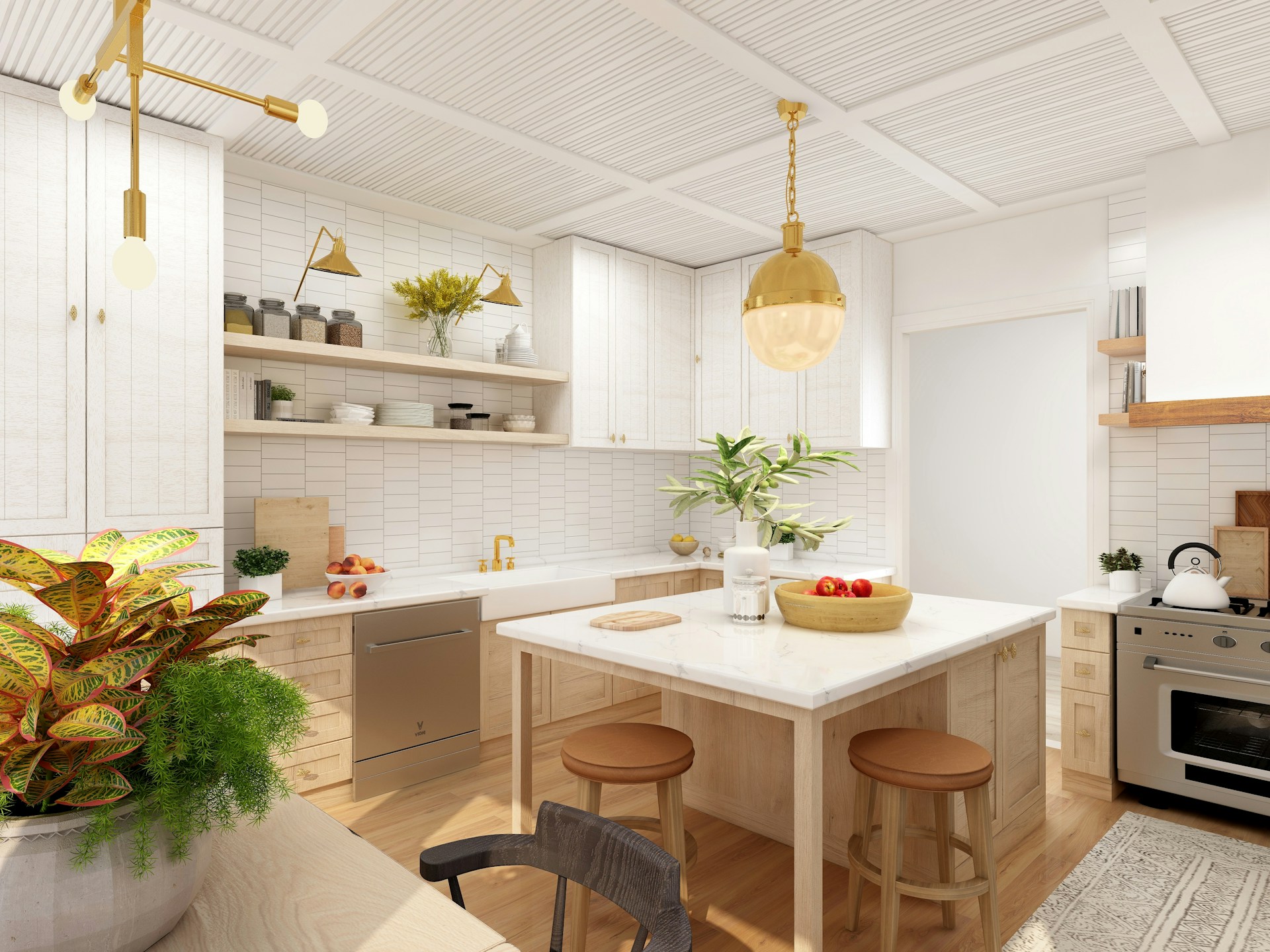

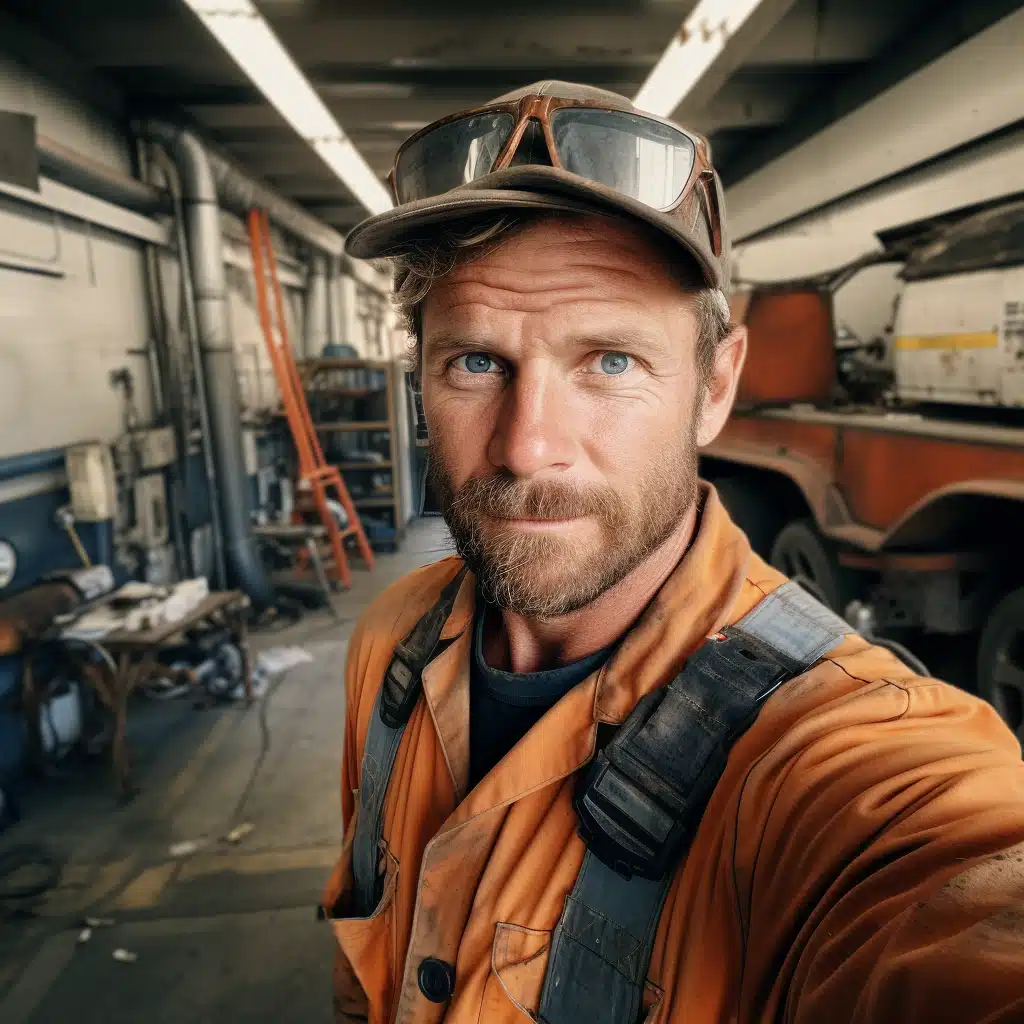
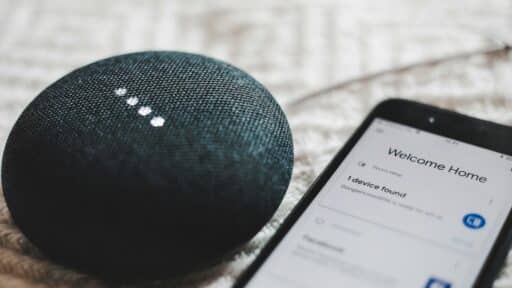
![Best Contour Memory Foam Pillow [The Ultimate Buying Guide]](https://cdn.enthrallinggumption.com/wp-content/uploads/2025/08/slaapwijsheid-nl-4hr8GcsUZOA-unsplash-512x288.jpg)
